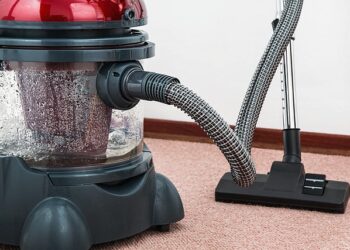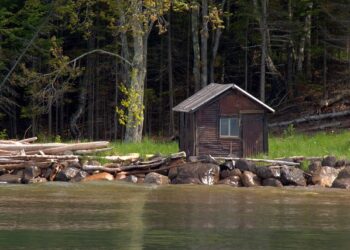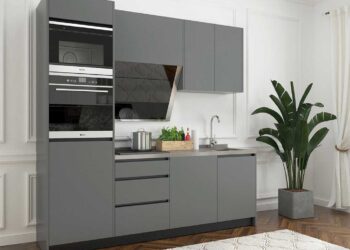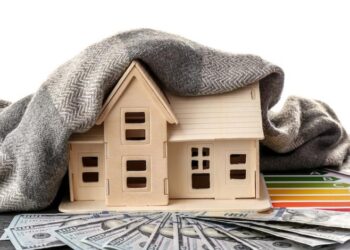Have you seen your energy bills skyrocketing lately? For most homeowners, opening up the monthly utility bill brings a sense of dread. As energy costs continue their upward climb year after year, these bills just seem to get higher and higher. We’ve all felt the frustration of costly heating and cooling bills, unpredictable electric fees, and water rates that won’t quit. But what if there was a way to take control of these expenses while also boosting your home’s comfort? A solution exists in the form of energy-efficient house improvements.
With utility rates rising over 5% annually, the average household now spends nearly $2,000 per year on electricity and gas. But you can take control of your energy costs by creating a more efficient home.
Still not convinced? Let’s explore the key benefits and features of building an energy-wise house.
Why Prioritize Energy-efficiency House?
There are a few core reasons why energy efficiency should be a top priority when building or renovating your home:
Lower Energy Bills
Energy-efficient features like insulation, air sealing, and ENERGY STAR appliances can cut your energy bills by up to 30%. This saves you hundreds of dollars each year. Over time, you can recoup the upfront costs of energy improvements through ongoing utility savings.
Improved Comfort
Proper insulation keeps your home cooler in the summer and warmer in the winter. You’ll experience fewer drafty rooms and more consistent temperatures throughout the house. This enhanced comfort leads to less reliance on heating and cooling systems.
Healthier Indoor Air
Sealing air leaks and utilizing ventilation systems brings in fresh air while removing pollution, dust, pollen, and smoke. This promotes better indoor air quality so you and your family can breathe easier.
Reduced Environmental Impact
Efficiency upgrades like low-flow fixtures and LED bulbs lower your home’s carbon footprint. By conserving energy and water, you help protect the planet by reducing greenhouse gas emissions.
Key Features of an Energy-Efficient House
With the above benefit, you are probably thinking of how to build the most energy-efficient homes. To do this, be sure to focus on these vital elements:
Insulation
Proper insulation in walls, ceilings, floors, basements, and attics prevents heat transfer and improves comfort. Use insulation levels recommended for your climate zone.
Air Sealing
Caulk and weatherstrip around windows, doors, pipes, wiring holes, and other cracks to seal air leaks and prevent drafts. This provides better insulation.
Efficient Windows
Look for ENERGY STAR rated windows with multiple panes, low-emissivity coatings, insulating frames, and thermal breaks. This increases insulation.
Efficient HVAC
Choose an ENERGY STAR certified furnace, heat pump, or air conditioner. Also utilize programmable thermostats and duct sealing. This optimizes energy use.
Efficient Appliances
Install ENERGY STAR refrigerators, dishwashers, washing machines, and other appliances. Look for energy-saving settings too. This reduces consumption.
Water Conservation
Use low-flow faucets, showerheads, and toilets. Also utilize rain barrels, drought-tolerant landscaping, and efficient irrigation. This preserves water.
Smart Lighting
Install LED bulbs and utilize motion sensors, dimmers, timers, and day-lighting. Turn off lights when not needed. This shrinks electricity use.
Renewable Energy
Consider solar panels or wind turbines to harness natural energy. Even small systems offset some grid dependence. This boosts sustainability.
Bottom Line – Start Saving Today
Integrating these energy-efficient features will help you reduce utility bills, enhance comfort, and minimize environmental impact. So, consult local resources like energy auditors, utility rebates, and green building programs to plan your efficiency upgrades. Investing in an energy-wise home pays dividends for your budget and the planet.










